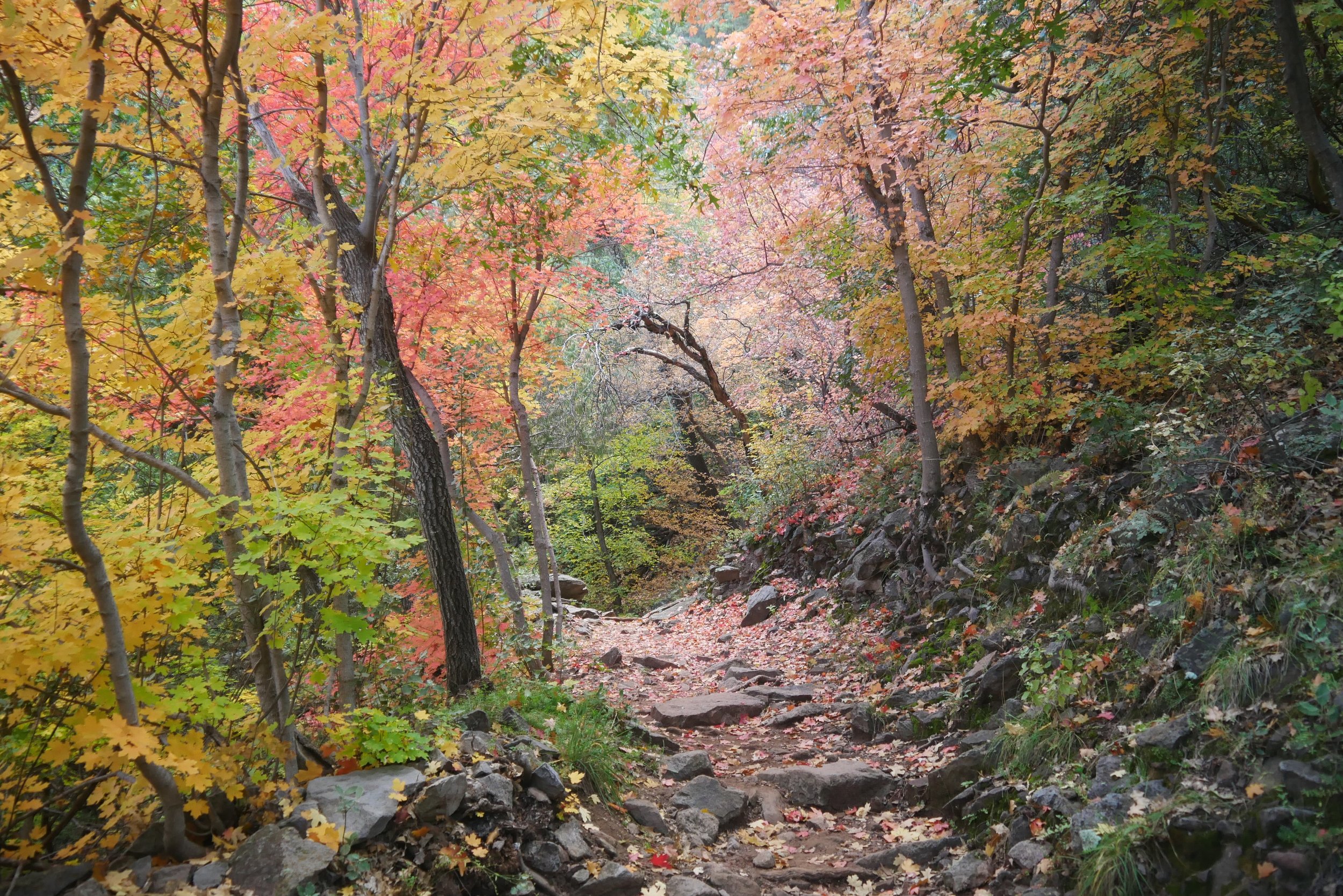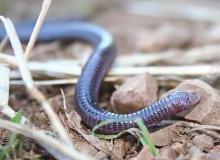
Current Research
New Duck-Billed Dinosaur Species from Big Bend
In June 2016 paleontologists described a new species of hadrosaur (duck-billed dinosaur) in the Journal of Paleontology. The new species was named Gryposaurus alsatei by Dr. Lehman, Steve Wick, and Dr. Wagner. The name honors the Apache chief Alsate, who was the last leader of the Chisos band of Mescalero Apache who lived in the Big Bend region during the 18th century.
Gryposaurus alsatei was a bipedal (stood on two legs) herbivore very similar to Gryposaurus notabilis from the northern Great Plains and Gryposaurus monumentensis from southern Utah, but with differences that indicate it is a new, closely related animal. Gryposaurus alsatei was about 30 feet long and would have weighed 3.5 tons. The fossils of this new dinosaur were found in the Javelina Formation at Big Bend National Park, making G. alsatei approximately 67 million years old. Specimens recovered include a partial adult skull, vertebrae, and limb bones. The find also includes the first dinosaur skin impressions found in Big Bend National Park and only the second dinosaur skin impressions from Texas.
The partial skull and limb bones were found jumbled together, having separated from the carcass before burial. Crews from the National Park Service, Texas Tech University, and the University of Texas of the Permian Basin collaborated over a period of several years between the initial discovery of G. alsatei and the publication of the new find. The National Park Service and Big Bend Conservancy will have a replica of the skull of Gryposaurus in the new Fossil Discovery Exhibit currently being constructed at the Park. A photo of skin impressions that were discovered will also be featured alongside the cast.
New Fossils of Horned Dinosaurs from Big Bend
The Aguja Formation of Big Bend National Park represents a coastal floodplain environment where many dinosaurs lived 83-72 million years ago during the late Cretaceous. Most of the horned dinosaur fossils found from the Aguja Formation come from Agujaceratops mariscalensis, the local horned dinosaur of Big Bend.
Recently, however, paleontologists have discovered fossils of a new species of Agujaceratops, which shows distinct differences from A. mariscalensis. This fossil, named Agujaceratops mavericus sp. nov., is from part of the horn of this decorated dinosaur. A well-preserved juvenile specimen also displays these unique features.
In addition to new species of Agujaceratops, the scientists have also discovered new fossils of A. mariscalensis that show that the frill of this dinosaur is more elaborately ornamented than previously believed. Not only did A. mariscalensis have large horns above its eyes, it also had a set of large horn-like spikes on the back corner of the frill. Click here to view the article in the Journal of Systematic Palaeontology.
Alamosarus Neck Bones and the Big Bend Dinosaur Airlift
Almost two decades ago, UT-Dallas student Dana Biasatti was assisting the Perot Museum and UT-Dallas with paleontology fieldwork in Big Bend National Park when she discovered remains from an adult titanosaur eroding out of the ground. The fossils were quickly determined to be from Alamosaurus, a huge long-necked dinosaur closely related to South American sauropods. The Alamosaurus fossils included nine articulated neck vertebrae, representing the largest dinosaur to ever be found in Texas. The scientists returned to the park in 2001 to excavate the fossil bones and then send them on the journey of their extinct life: a ride on a helicopter from the field to a nearby flatbed truck.
Now, in 2016, the vertebrae are on display in Dallas at the Perot Museum. The Perot remains the only museum in the world with a complete rendition of Alamosaurus on display. A paper on this amazing fossil find is now published in the Journal of Systematic Paleontology. Click here to view the article.
There are also many paleontological studies being conducted on public and private lands surrounding Big Bend National Park. While this work may not be directly on park lands, the research still enhances our understanding of the ancient ecosystems that used to be present in the Big Bend region of Texas. Below you can read about some recent nearby paleontological projects.
Big Bend Region Reptiles
Paleontologists Dr. Michelle Stocker and Dr. Christopher Kirk report the first amphisbaenian fossils known from Texas. Amphisbaenians are legless ‘worm lizards’ that superficially resemble snakes. These worm lizards are found today in North America, Europe, Africa South America, and the Middle East, though the fossil evidence suggests they originated in North America. They are subterranean animals that rarely leave their burrows. They are carnivorous and have powerful jaws and teeth. Similar to lizards, some species are able to shed their tails.
The scientists also report fossils of an extinct subfamily of lizards known as glyptosaurines. These lizards are known mainly from fossils of their osteoderms, which are scale-like pieces of bone that are within the skin and cover much of the body like a subdermal armor. Fossil snake material has also been found in the same region. All of these reptile fossils were found in 45-50 million year old sedimentary rocks near Big Bend. This research is published in the Journal of Vertebrate Paleontology.
Lemurs and Tarsiers in Tropical West Texas
Primate fossils in North America are extremely rare. The ancestors of modern day lemurs and tarsier lived in the Big Bend region of west Texas from 45 to 40 million years ago during the Eocene time period. During the Eocene Big Bend was a subtropical rainforest that supported all sorts of unique life. Paleontologists Dr. Kirk and Dr. Williams have described two new primate fossils from the Big Bend region of Texas from this warm and wet time period. In 2008 the paleontologists described Diablomomys dalquesti, a tiny primate distantly related to Southeast Asian tarsiers. In 2011, the same researchers described a new lemur relative fossil from the same aged rocks named Mescalerolemur horneri.
These fossil primates help scientists understand the migration routes of ancient mammals. Lemurs were already thought to be extinct in North America by 45 million years ago, but the presence of Mescalerolemur indicated there was active mammalian interchange between North America and East Asia at this time. Diablomomys has been a significant fossil find as well because all other tarsier-like primates had gone extinct further north, and these last-surviving tarsiers in North America would have called the Big Bend region their final home.
Other paleontology research projects going on in and around Big Bend National Park include mapping the stratigraphy of the Cretaceous limestones, stable isotope studies, paleosol geochemical proxies for understanding climate change, trace fossil studies, as well as biostratigraphy and absolute dating projects. If you are a researcher at an accredited institution and you would like to conduct research in Big Bend National Park, please click here to learn about the NPS Research Permit and Reporting Systems.

Thank You!
This exhibit was made possible by the donations of generous supporters of the Big Bend Conservancy. Their legacy will continue to provide visitors with a world class exhibit experience for years to come.






